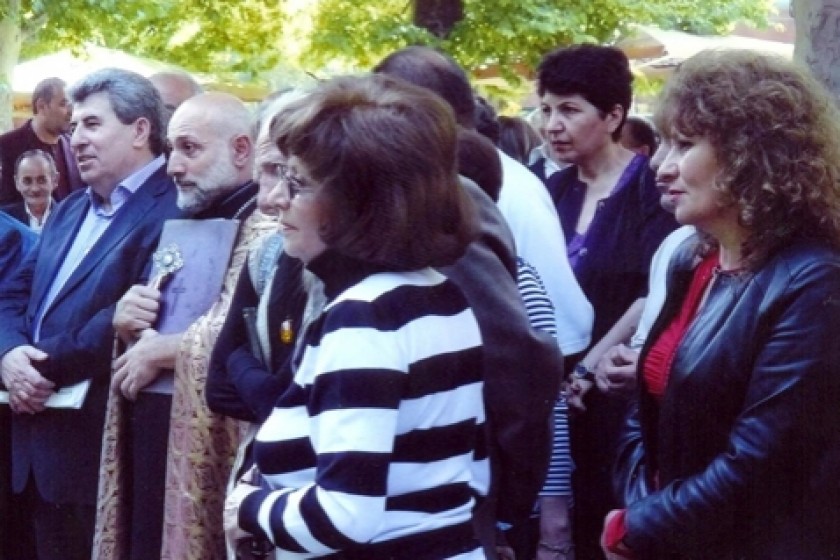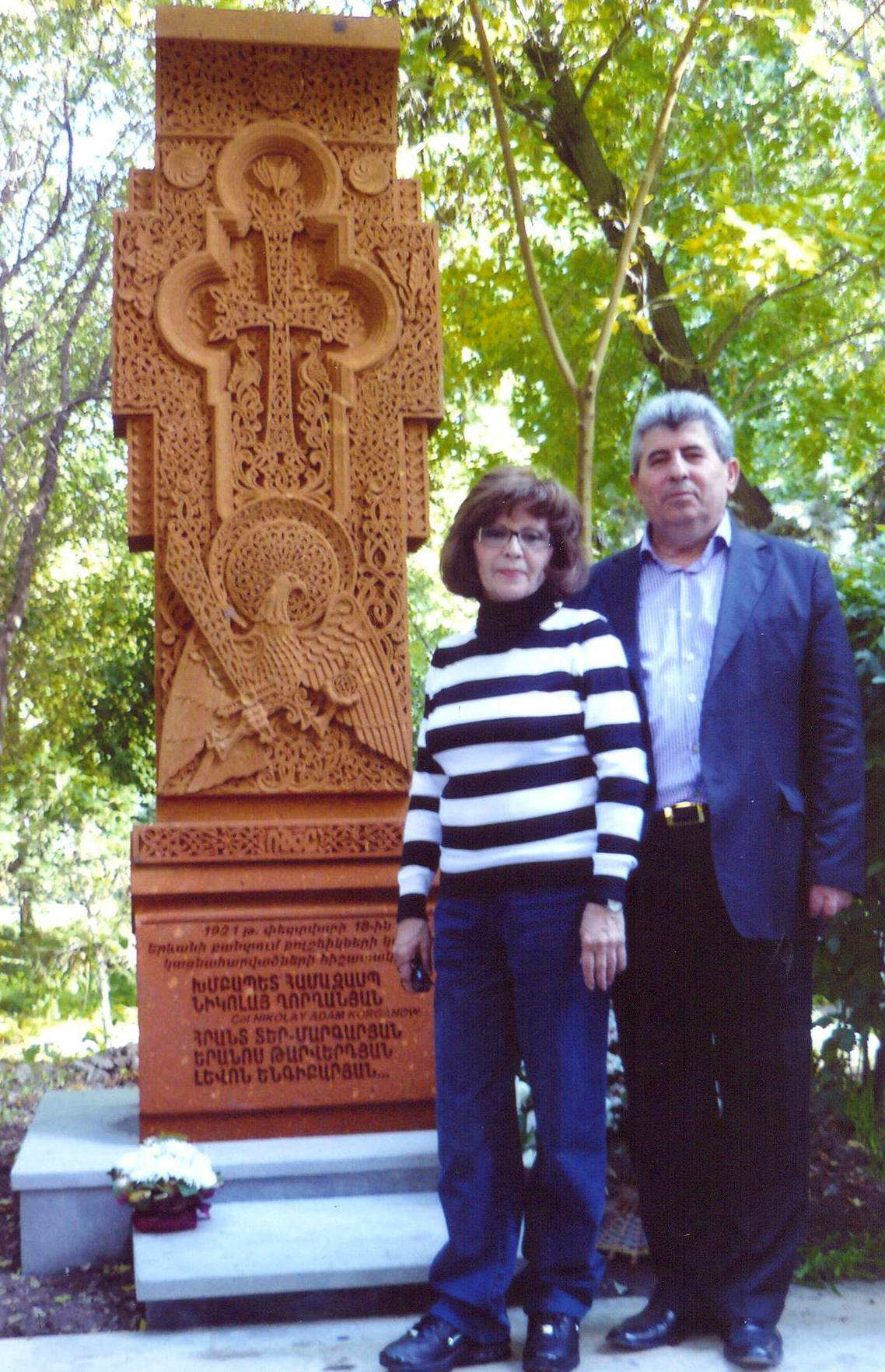
A Senseless Murder: Remembering the 21 Victims of February 18, 1921
There's a khachkar (an Armenian cross-stone) in the park adjacent to the Gabriel Sundukyan National Academic Theatre in Yerevan with an inscription that reads "In memory of those axed by the Bolsheviks in a Yerevan prison on February 18, 1921".
The place of the khachkar was not chosen randomly. That's where the relics of the 21 Armenian national figures, including the heroes of the Battle of Sardarabad and the founders of the First Republic of Armenia, killed on the night of Feb. 17, 1921 (the morning of Feb. 18, 1921) and imprisoned by Armenia's Bolshevik leaders rest. Bolsheviks reaping the fruits of the selfless efforts of devotees such as Commander Hamazasp and Nikolai Ghorghanyan (Korganov) considered those choosing national interest over all other values dangerous for the new Armenia.
After the commotion of what happened in the Yerevan prison in the middle of that February night, rivers of blood began to flow. Days later, three blunt boulders, stones of conscience, appeared on the undeclared fraternal cemetery in the theater's park, which later, like pangs of conscience, disappeared one by one. The youth of that time recall that adults didn't allow them to play or make any noise there, saying there are heroes buried beneath that land.
Soviet Armenia, with typical regime behavior, never did confess and repent. By no random coincidence (most likely, with the aim of covering up the gaps in history), buried in this same place are the victims of the May Day riots. Soviet Armenia immortalized their memory by placing a memorial stone.
But, fortunately, there were conscientious people who assumed the task of revealing the historical truth, one of whom stands out. In the days of the first appearance of Russian tanks in our capital when the nation was awakening, throwing the news script across the desk in anger on Armenia's public television after reading the statement about the first curfew was a news broadcaster much loved by the Armenian public — Aida Nersisyan.
 Aida thoroughly studied the case of those who were axed, even going to the Tbilisi archives, and revealed many details. It was due to her efforts that in 1993, in the place of the fraternal cemetery of those who were axed in 1921, a memorial stone was placed in the park next to the Sundukyan theatre. Unfortunately, after some time, the stone began to crack and deteriorate. Aida Nersisyan embarked on the task of repairing or replacing the stone that more or less mitigated a painful trace of our history.
Aida thoroughly studied the case of those who were axed, even going to the Tbilisi archives, and revealed many details. It was due to her efforts that in 1993, in the place of the fraternal cemetery of those who were axed in 1921, a memorial stone was placed in the park next to the Sundukyan theatre. Unfortunately, after some time, the stone began to crack and deteriorate. Aida Nersisyan embarked on the task of repairing or replacing the stone that more or less mitigated a painful trace of our history.
But it turned out that I myself initiated that task, and in 2008, the khachkar that stands there today replaced the former memorial stone. Perhaps I might have been proud of what I did, but the monstrosity of the historical incident doesn't give me that opportunity. After all, isn't this monument of those axed in 1921 also a monument of our shame?
For Armenians, a khachkar is the embodiment of eternal and good remembrance. This khachkar also contains a message directed to the people of today and tomorrow: a message to reject and rule out fraternal murder under any circumstance — so that Armenians never stand before a khachkar with shame in their hearts.
Second photo: Aida Nersisyan and Razmik Markosyan
 Videos
Videos Photos
Photos
Comments (2)
Write a comment